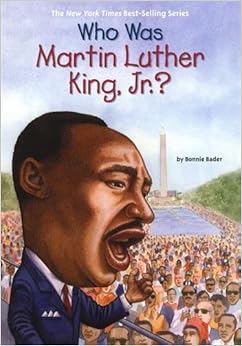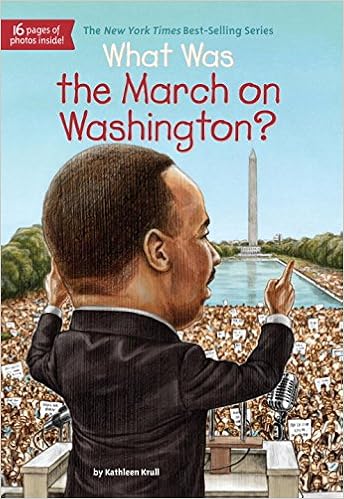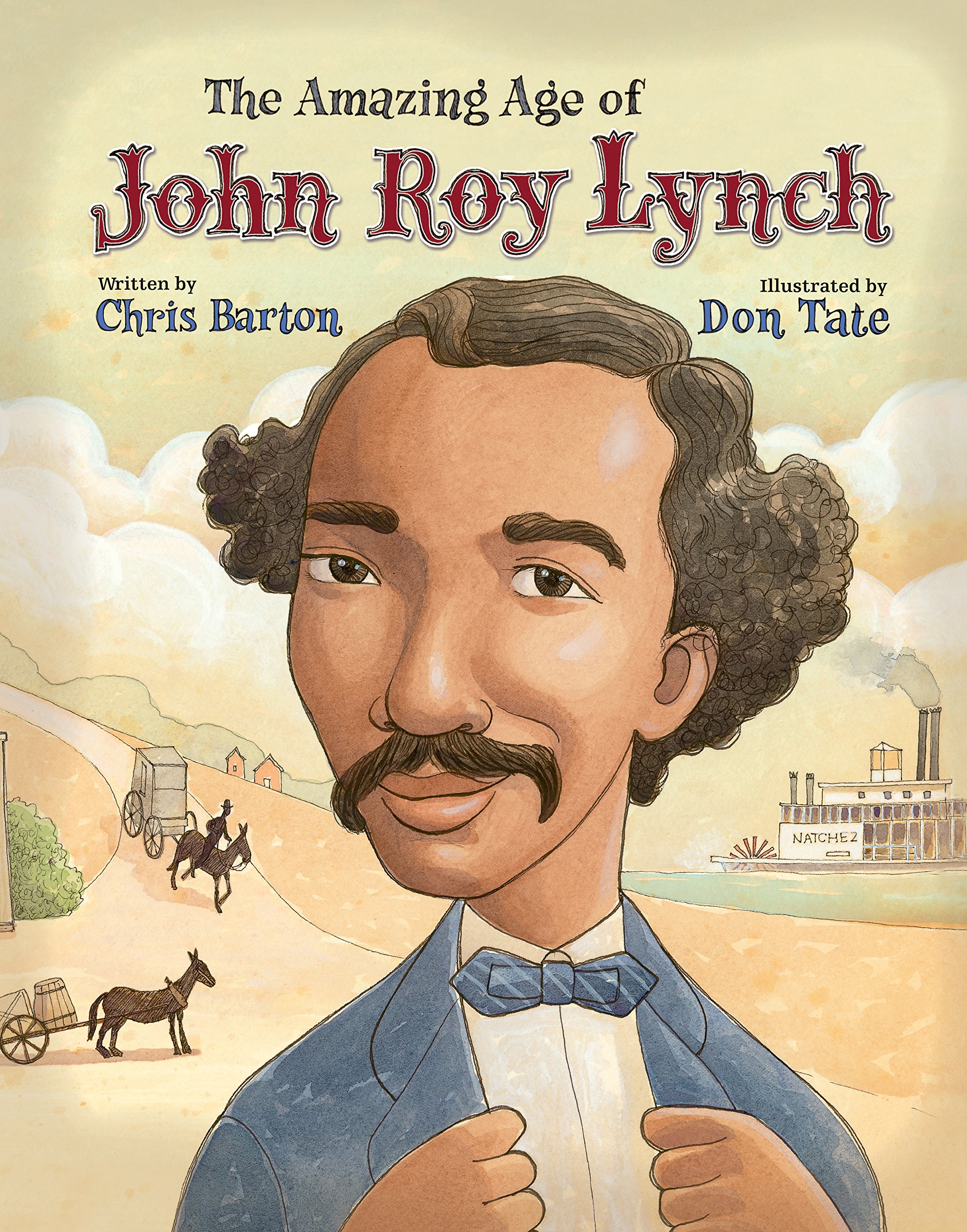Standards Aligned Activity Plan
Martin Amkraut
IIST 571
Standards Aligned Literature Grouping with Rationale
Fiction
Book
Book:
Kira-Kira
Bibliographic
Information: Kadohata, Cynthia. Kira-Kira., 2006. Print.
Lexile
Level: 740L
Age/Grade
Level for Activity: 9-10 years old/4th grade
Description
of book: Tells the story of a Japanese family that must deal with racism. It is
fiction, but it is realistic enough to make you question if it is really
Fiction. It shows how hard it is for a family to earn enough money to be able
to eat and live in a home during a time where racism was prominent
(1950s-1960s).
Alignment
Learning
Standard: Describe in depth a character, setting, or event in a story or drama,
drawing on specific details in the text (e.g., a character’ s thoughts, words,
or actions).
Learning
Goals: To understand racism and how society has progressed since what was
described in the books.
Learning
Objectives:
·
Cognitive – The
children should analyze and understand the situations that made the
characters/people act like they did, as every action has a reason/cause.
·
Affective – The
children should learn about the various experiences of racism that others went
through in the past and how each of their lives benefitted from the
characters/people fighting for equality.
·
Psychomotor – For
children to present to the class in defense of ethnicities or ideals, which
will result in improving each of their presentation skills. Martin Luther King
Jr. would be their base template for helping them make a speech.
Learning
Outcomes: Children will learn to appreciate the acts of others in the past and
how their sacrifices have helped them live the lives they have today.
Activity
The children will be learning about racism against
multiple races through the years and how far society has progressed. While
reading the books, the children will each chose to write about a character from
each of the books and describe them and the events surrounding them in detail.
The description can include anything from what the characters would most likely
think in their respective situations to the actions of others that made them
act like they did in the books. It is somewhat open, so that students can
freely think about anything and everything that any character does in the book.
To meet the Standards, Goals, Objective, and
Outcomes, children will, after completing the activity described previously,
make a speech written as if they were a person living in any of the
stories/times in the books. They would choose their respective book to “be in”,
craft a speech, and then speak to their fellow students in the front of the
classroom. The speech should be in defense of every race or any ideal in the
books. This will encourage the students to strongly think about what they will
say, as they are defending ethnicities, values, and ideas that they find
interesting in the books.
Nonfiction
Alignment 1
Book:
Who Was Martin Luther King, Jr.?
Bibliographic
Information: Bader, Bonnie, and Elizabeth Wolf. Who Was Martin Luther
King, Jr.? New York, N.Y: Grosset & Dunlap, 2008. Print.
Lexile
Level: 750L
Rationale:
The students will read the text and use it for the learning activity. It will
help them learn about the life of a man that was tired of racism and wanted
equality. It relates to the piece of literature in that it helps show how one
person can cause a chain reaction for the better.
Nonfiction
Alignment 2
Book:
Saltypie: A Choctaw Journey from Darkness into Light
Bibliographic
Information: Tingle, Tim, and Karen Clarkson. Saltypie:
A Choctaw Journey from Darkness into Light. El Paso, TX: Cinco Puntos
Press, 2010. Print.
Lexile
Level: No level listed on Lexile website, but the recommended age is 7-12 years
old.
Rationale:
The students will read the text and use it for the learning activity. It will
help them learn about the life of a whole group of people being portrayed
wrongly and how the Native Americans are so much more than what children see in
the movies. It relates to the piece of literature in that it helps show that
stereotypes can define a culture and that people need to learn/see the truth to
change their viewpoints.
Nonfiction
Alignment 3
Book:
What Was the March on Washington?
Bibliographic
Information: Krull, Kathleen, and Tim Tomkinson. What Was the March on
Washington? New York, New York: Grosset & Dunlap, 2013. Print.
Lexile
Level: 900L
Rationale:
The students will read the text and use it for the learning activity. It will
help them learn about how working in unison can cause great change and how one
speech can help start the wheels of change in a country. It relates to the
piece of literature in that it shows how even a small speech can cause a ripple
effect that can drastically change the lives of a whole group of people.
Nonfiction
Alignment 4
Book:
The Amazing Age of John Roy Lynch
Bibliographic
Information: Barton, Chris, and Don Tate. The
Amazing Age of John Roy Lynch. , 2015. Print.
Lexile
Level: 920L
Rationale:
The students will read the text and use it for the learning activity. It will
help them learn that even if there is still racism in the world, it cannot stop
them from helping society continually progress. It should also help them
understand that small changes could cause big changes. It relates to the piece
of literature in that it shows that even if there is racism, you can still help
society progress and even change the viewpoints of others about your culture.







